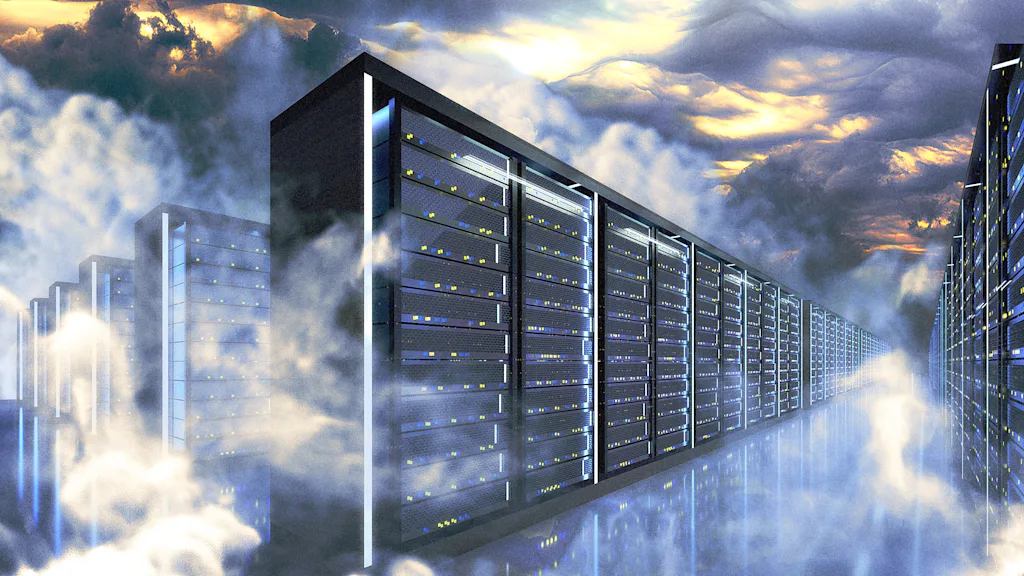Copyright Fast Company

When Amazon proposed building its Project Blue data center in Tucson, Arizona, the company faced intense pushback. Residents raised concerns about the enormous amounts of water and electricity that the data center would need, two major ways such projects impact the environment, especially in a desert city. Ultimately, Tucson’s town council rejected the proposal (though its developer hasn’t given up). But the story highlights both the growing environmental impacts of data centers, and how location matters to that impact. A study published this week in the journal Nature Sustainability makes that connection even clearer. Led by researchers at Cornell University, the study analyzed the environmental impact that data centers could have in the U.S. as their growth continues, and created a state-by-state look at where those data centers should go to avoid the worst effects. The growing impact of AI Data centers demand a lot of electricity, so much so that they are straining our energy grid. In order to quickly meet that growing energy demand, developers are building more fossil fuel infrastructure, like natural gas power plants. The data center surge has also delayed the planned retirements of coal plants. Subscribe to the Daily newsletter.Fast Company's trending stories delivered to you every day Privacy Policy | Fast Company Newsletters The current rate of AI growth in the U.S. would put 24 to 44 million metric tons of carbon dioxide into the atmosphere by 2030, the study authors found. That’s equivalent to adding 5 to 10 million cars to the country’s roads. That growth would also drain 731 to 1,125 million cubic meters of water every year—as much as 6 to 10 million Americans’ annual average household water usage. All together, that means the AI industry “is unlikely to meet its net-zero aspirations by 2030,” the study reads, without massively relying on carbon offsets—which the researchers call “highly uncertain”—or water restoration efforts. Still, researchers didn’t only want to see the environmental trajectory that this AI boom would take. They also wanted to figure out what choices could “steer it toward sustainability,” Fengqi You, a Cornell engineering professor who led the study, said in a statement. How location matters The location of data centers matters to those impacts, and developers could cut data centers’ environmental footprints by building them in different places, the researchers found. Some data centers are being planned in regions that are already water scarce, like Arizona or Nevada, even though data centers require a lot of water themselves. advertisement Instead, locating projects in regions with lower water-stress and improving cooling efficiency could cut water demands by 52%, per the study. In other places, the massive surge of data centers can strain the grid or water resources; Virginia, for example, is the biggest data center market in the world, with more than 600 facilities clustered around Washington, D.C., and Richmond. Data center companies have wanted to be close to workers in D.C., but continuing to build data centers there just adds to that strain. What powers the grid that supports a data center matters too. Some states like New York may have energy grids powered by more renewables or may be investing in more clean energy, which means fewer carbon emissions. But just focusing on reducing a project’s carbon footprint could actually increase its water footprint, the researchers found. Conversely, putting data centers in the best locations for water use reduced their overall carbon footprint, too. Researchers used a combined carbon- and water-focused strategy to find the best places to build data centers to minimize their environmental impact. And those states are clustered in the midwest, specifically Texas, Montana, Nebraska, and South Dakota. The researchers acknowledge that certain technologies, like better liquid cooling and improved server utilization, could bring down data centers’ environmental impact too—potentially removing 7% of carbon dioxide and lowering water use by 29%. Those are just more decisions, like location, that companies could consider when building more data centers. “This is the build-out moment,” You said. “The AI infrastructure choices we make this decade will decide whether AI accelerates climate progress or becomes a new environmental burden.”



